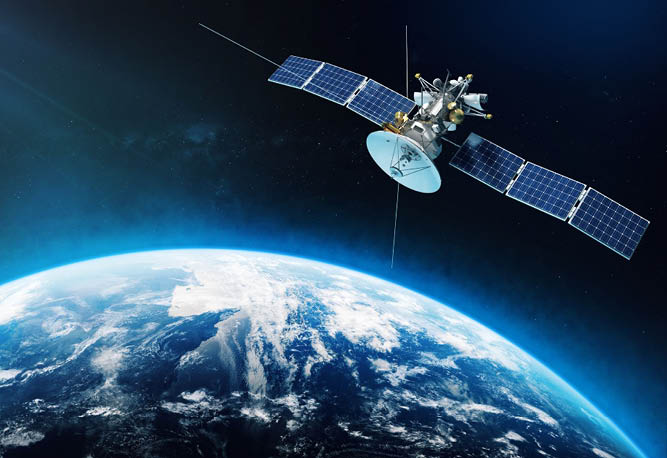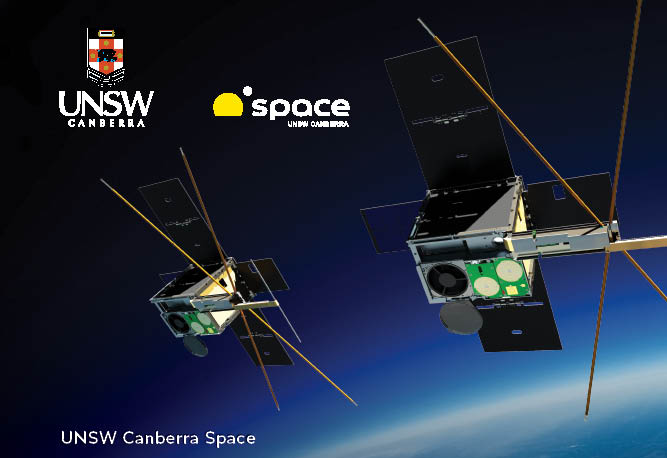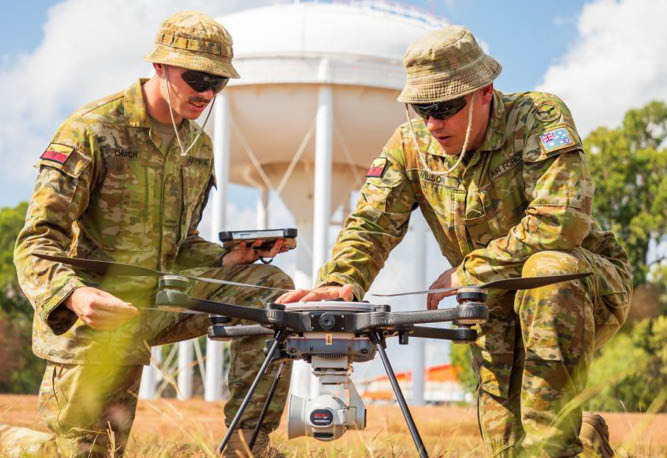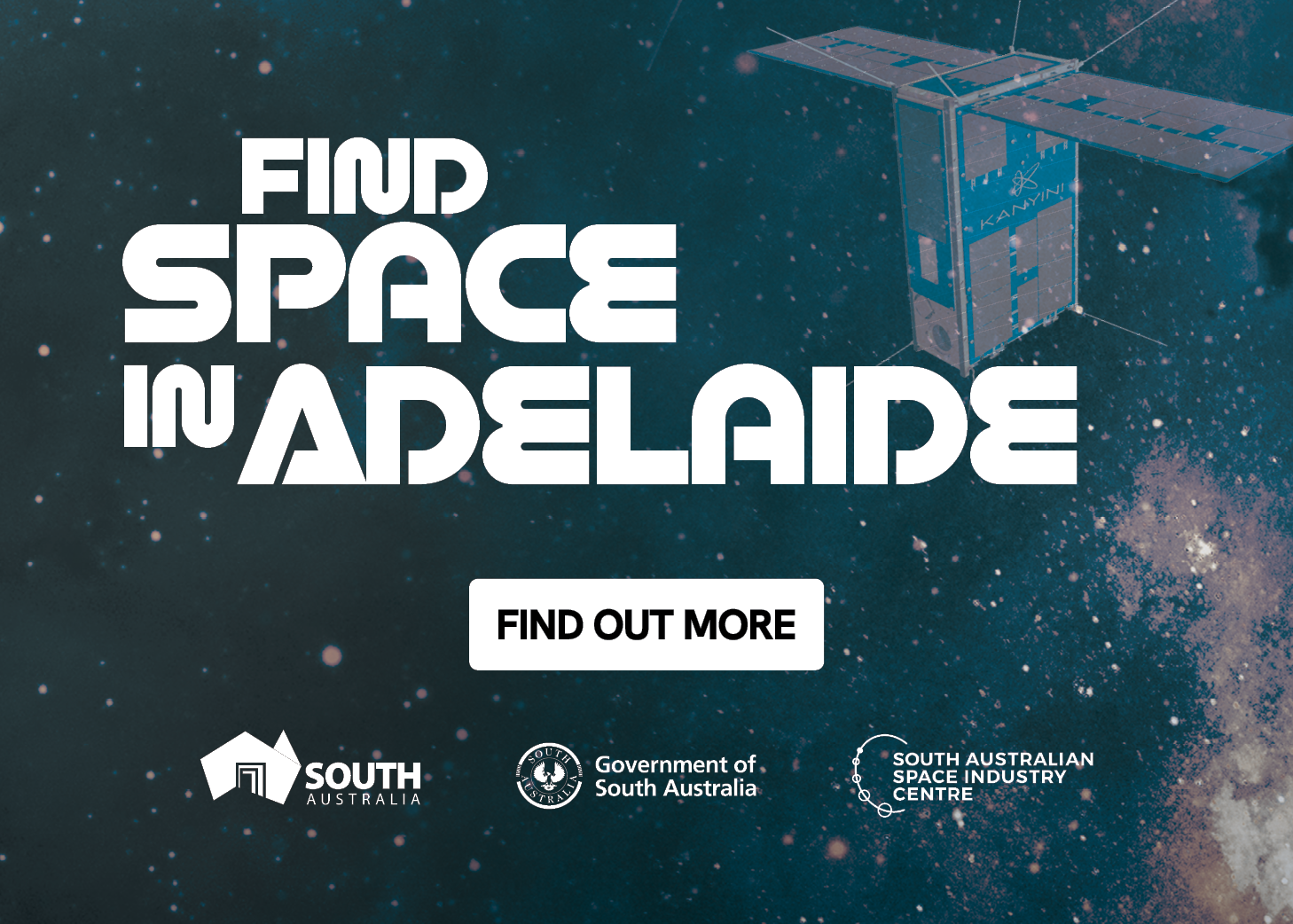Professional services firm EY has invested $3 million into a new space technology hub in partnership with Melbourne’s Swinburne University of Technology..
Backed by over $3 million in grants from EY’s Global Strategic Innovation Fund, the new Space Tech hub aims to build into a $200 million-plus business over the next five years, will be led by EY Space Technology head Anthony Jones alongside three fellow partners and a team of fifteen scientists, AI specialists, and data analysts.
Alan Duffy, Director of the Space Technology and Industry Institute at Swinburne, said, “We are excited to be combining Swinburne’s research, technology and education capabilities with EY’s deep global connections and end-user insights to create sustainable solutions to real-world problems. This partnership will ensure that Australia’s space industry is at the forefront of this global economic, environmental and social opportunity.”
Via access to the university’s OzSTAR supercomputer and in collaboration with its academic researchers, the new Space Tech hub will combine extensive satellite data with artificial intelligence and machine learning technology, with the initiators stating a threefold aim; to improve community resilience and environmental health; to create an ecosystem geared toward solving complex problems of national interest; and to enhance commercial productivity.
For example, the hub could help communities respond quicker and more effectively to the impact of natural disasters and climate-related pressures, while also serving to improve the safety and performance of businesses in managing and operating critical infrastructure and assets under challenged conditions. Additionally, the hub will support broader Australian-led efforts to resolve challenges around climate impact, land management, logistics, and defence.
“The Space Tech hub will solve big business problems by focusing on the downstream side of space activity – utilising space-derived data and services for terrestrial benefit,” Jones said. “We’ll be leveraging the capability of EY’s own astrophysicists, machine learning engineers and data scientists to help solve community resilience issues, drive decarbonisation initiatives, and aid in reducing the impact of natural disasters on communities.”
As an example of work already undertaken, EY used satellite imaging processing to assess the bushfire risk to 1,800 kilometres of rail line for a global mining client. The images were scanned using computer vision to identify which types of plants were encroaching on the line that had a greater risk of catching fire when a train passed and created sparks, reducing what was once a months-long manual fire-mapping process across the entire network to just a few minutes.
Speaking with the Australian Financial Review, Jones said the aim was to grow the local practice – described as a “strategic investment priority” – into a $200 million business over the next five years, with the firm holding further hopes of generating up to $1 billion globally in that timeframe.
The Australian Space sector is currently growing at an annual rate of over 7 percent, with predictions of an $8 billion industry providing more than 30,000 jobs by 2030.
- Academia
- Air
- Air Force
- Andy Thomas Space
- Cyber
- Defence
- Defence SA
- DSTG
- History
- Hypersonix
- QinetiQ
- Relocation
- Schools
- Space
- Transition
Alongside Jones, who spent more than two decades with KPMG before joining EY at the end of last year as the firm’s Oceania Assurance Innovation Leader, the Space Technology leadership team includes Oceania Assurance Digital Trust Leader Christina Larkin, who has been with the firm for over a decade, and Olivia Sackett, EY’s space tech and AI lead who has been at the firm since 2017 and is also an adjunct fellow at Swinburne and a former consultant with Aurecon.













